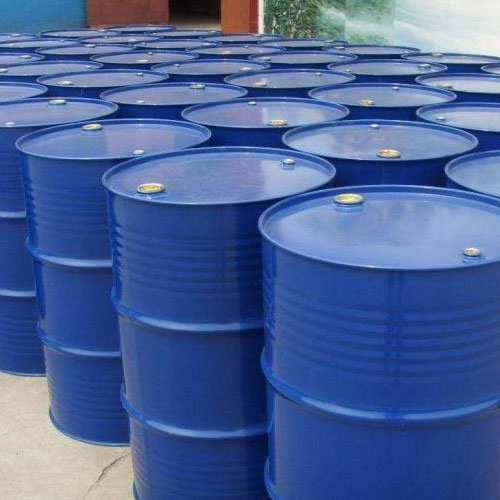Blended Polyols are chemicals made by mixing two or more different types of polyols through a specific process. They have a wide range of uses and important roles in many industries, mainly including the following aspects:
1. Polyurethane foam production
Soft foam and hard foam: Blended polyols are the key components of polyurethane foam. They are used to produce soft foam and hard foam. By adjusting the ratio of different types of polyols, foam materials with different hardness, density and performance can be obtained.
Improving foam properties: Blended polyols help adjust the elasticity, hardness, temperature resistance and chemical resistance of the foam to meet the needs of different application fields.
2. Coatings and paints
Polyurethane coatings: Blended polyols are used to make polyurethane coatings, which are widely used in furniture, automobiles, construction and other fields. They provide good adhesion, wear resistance, UV resistance and chemical stability.
Improving coating properties: By adjusting the type of blended polyols, the hardness, flexibility, durability and environmental protection of the coating can be improved, so that the coating can adapt to different environments and usage requirements.
3. Adhesives and sealants
Polyurethane adhesives: Blended polyols can be used as raw materials for polyurethane adhesives, which are widely used in the bonding of materials such as wood, leather, metal, and plastic. They have excellent bonding strength, durability, and resistance to environmental influences.
Sealants: Blended polyols also play an important role in sealants, especially in areas that require chemical resistance and water resistance, such as building seals, automotive seals, etc.
4. Elastomer materials
Polyurethane elastomers: Blended polyols play an important role in the production of polyurethane elastomers, which are usually used to manufacture products such as automobile tires, seals, and conveyor belts. They have good wear resistance, elasticity, and impact resistance.
5. Synthetic rubber
Production of synthetic rubber: Some blended polyols can also be used in the production of synthetic rubber. By adjusting the type and proportion of polyols, the physical properties of rubber, such as elasticity, wear resistance, and heat resistance, can be improved.
6. Biodegradable plastics
Development of green materials: Some types of blended polyols are used to produce biodegradable plastics. Such materials have advantages in environmental protection and can meet the requirements of environmental protection and sustainability.
7. Electronic and electrical products
Electrical insulation materials: In some applications, blended polyols can be used as the basic raw materials for the production of electrical insulation materials, used to manufacture products such as cables, sockets, and electrical connectors, providing good electrical insulation and high temperature resistance.
8. Agriculture and plant protection
Pesticide carriers: Certain blended polyols are used as carrier materials for pesticides, which can improve the stability, dispersibility, and controlled release of pesticides, making pesticides more efficient and environmentally friendly.
9. Personal care products
Emollients and moisturizers: Blended polyols are often added to personal care products such as cosmetics, shampoos, and skin care products as moisturizers, lubricants, or solvents to help keep the skin hydrated and prevent dryness.
In summary, blended polyols are widely used in many industrial fields due to their tunability and excellent chemical and physical properties. They can not only improve the performance of the final product, but also can be customized according to different needs to meet different industrial production needs.


